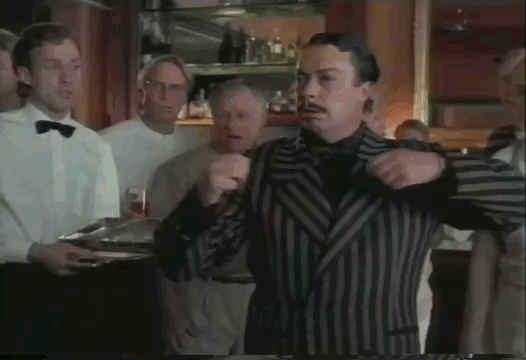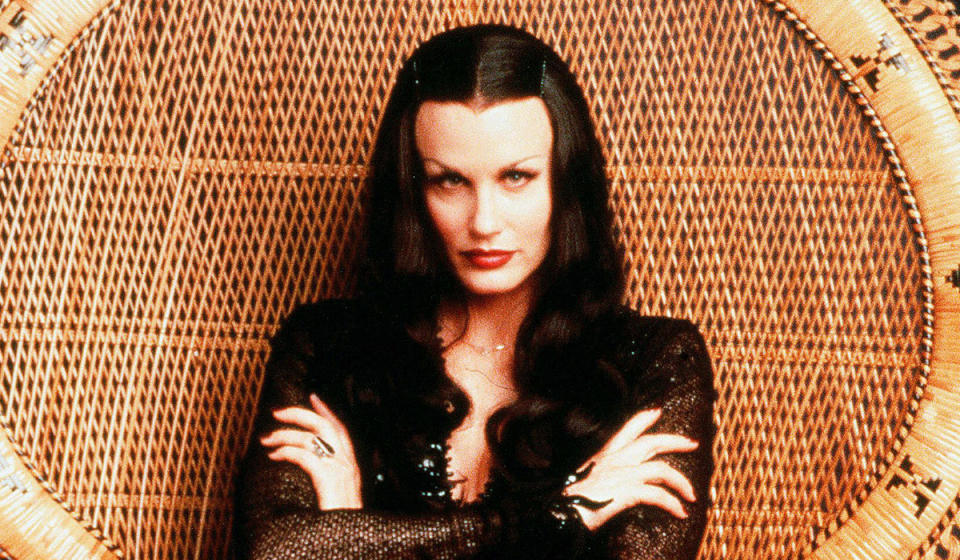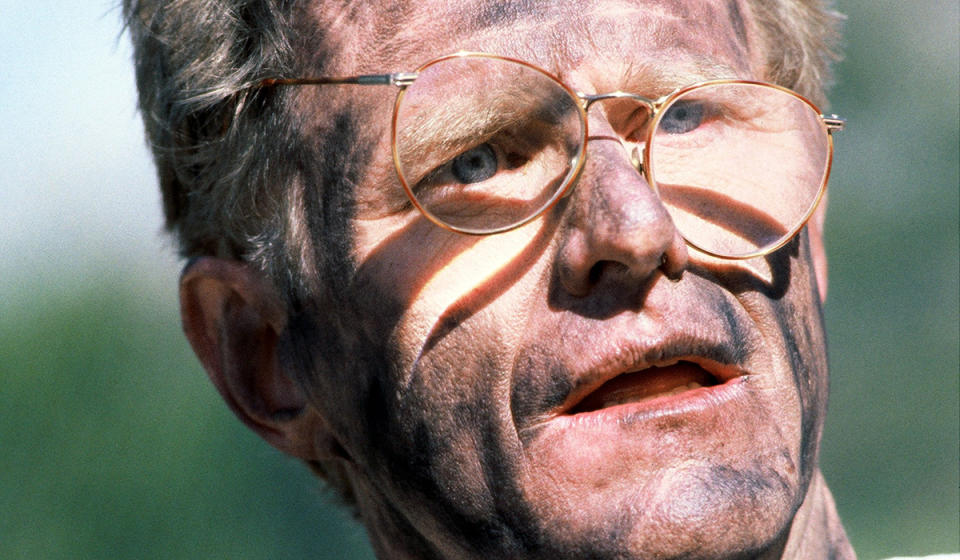The crazy story behind the third Addams Family film that went straight-to-VHS

The first two big-screen adaptations of Charles Addams’ comic strip about a spooky clan were box office successes. But did you know there was a third movie made by entirely different people which never made it to cinemas?
Here’s the story behind Addams Family Reunion from the man who directed it, Dave Payne.
How it was allowed to happen
Based on a comic strip and in turn the 1960s TV series, Paramount’s The Addams Family (1991) and 1993’s Addams Family Values were both solid hits, making a combined £191million for the studio.
But elsewhere in Hollywood, Power Rangers creator Haim Saban had a clever idea. As the home video market exploded, he went around snapping up direct-to-home-entertainment rights to well-known pop culture brands – the Addams Family was one of them.

“At the time Paramount made a deal with the Charles Addams estate for theatrical films, there was nothing carved out in the contract for home entertainment,” explains director Dave Payne. “I guess they just went in and scooped up the rights and there was nothing the ‘big’ rights holders could do about it.”
Saban’s plan was for non-theatrical films to premiere on a cable network he owned, then go straight to video, with the possibility of a spin-off TV show if it did well enough. That’s how in 1998, Addams Family Reunion came to be, a film which Payne believes still only exists on VHS (and YouTube).
With a plot about the family going in search of their relatives, the goal was to aim it purely at children, with little attempt to please their parents.
Payne was hired as director, coming from the Roger Corman stable of low-budget, quick-turnaround filmmaking.

“Because the rights were purchased directly from the estate, conceptually we were sort of forced to go back to the original comic strips,” he says.
“When I was brought on I think I had this idea we could re-invent this world. At the time, I was hoping I’d be the next Coen brother, so I had all great intentions to make a classic direct-to-video kids dark movie.”
Unfortunately, that’s not what his paymasters wanted.
“Everything we wanted to do was killed at the creative level by the executives, who kept on saying, ‘no, just rip off the movies, just rip off the TV show!’ Any of our original, fun ideas to do something with this were just thrown out in favour of ‘let’s not fix something that isn’t broken’.”
Casting

While the internet suggests Anjelica Huston and Christopher Lloyd from the main films’ cast were approached to star and turned it down, Payne doubts it. “That was never part of a casting conversation I had,” he says.
Instead Tim Curry took over as Gomez and Daryl Hannah was his wife Morticia.
“Tim and I both thought Gomez should be kind of weird and not the lothario that Raul Julia created,” says Payne. Meanwhile, Hannah was apparently “excited about the idea of trying to play a character and not being ‘Daryl’.”

Two main movie cast members did join the threequel though – Carel Struycken aka Lurch (not difficult to see why the casting people decided not to bother trying to find another skinny, pale 7-foot actor). And then there was Christopher Hart, who played the disembodied hand known as Thing.
“He actually lived ten doors down from me,” remembers Payne. “He was a young magician with long, lean hands. His day job was doing magic on cruise ships.”
The perils of low-budget filmmaking
With a 30-day shoot and used to Corman’s frenetic schedules, Payne felt he had some breathing room for the production, but was aware of the “creative constraints”.
Still, low-budget moviemaking is always tricky. The character actor Ed Begley Jr. was cast as a tennis pro, only to show up on his first day of shooting to explain that he’d never played tennis before and was useless at sports.

What’s more, as a fervent environmentalist, the director was told by the costume department that the actor was going to be hard to dress because he wouldn’t wear anything animal-based, which put paid to leather trainers.
“Sure enough, the guy cannot hit the ball with the racquet,” laughs Payne. “He was a great sport about it and more than willing to try, but it was a typical funny, low-budget thing where he was cast as a tennis pro but no-one bothers to tell the director beforehand [the actor’s] going to have a hard time acting like a tennis pro. We had to scramble quite a bit to get the coverage to make it seem like he could hit the ball.”
The worst theme tune ever
Ever been to a Strate Vocalz concert? Didn’t think so. And you wouldn’t want to if you heard their terrible doo-wop rendition of the classic, finger-clicking Addams Family theme tune.
“They gave me a composer to work with and we’d come up with this whole opening sequence,” says Payne. “We were trying to do something as dark and edgy as you could be in this framework and the opening set a certain kind of tone.”
Having not been consulted, he was as shocked as everyone else when the VHS version of the film featured “some boyband, in bright fluorescent-coloured shirts. It was so sad and lame and threw the whole thing I thought I was trying to create off from the first beat.”

 Yahoo Movies
Yahoo Movies 
